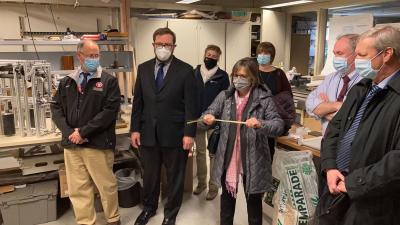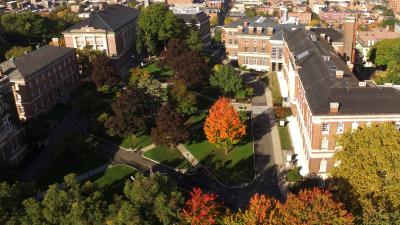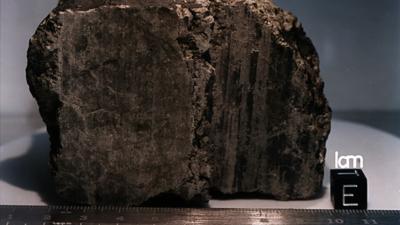AAAS Honors Researchers Georges Belfort, Nikhil Koratkar, and Rick Relyea
The American Association for the Advancement of Science (AAAS), the world’s largest general scientific society, has elected Rensselaer Polytechnic Institute researchers Georges Belfort, Nikhil Koratkar, and Rick Relyea to the newest class of AAAS fellows, among the most distinct honors within the scientific community.









